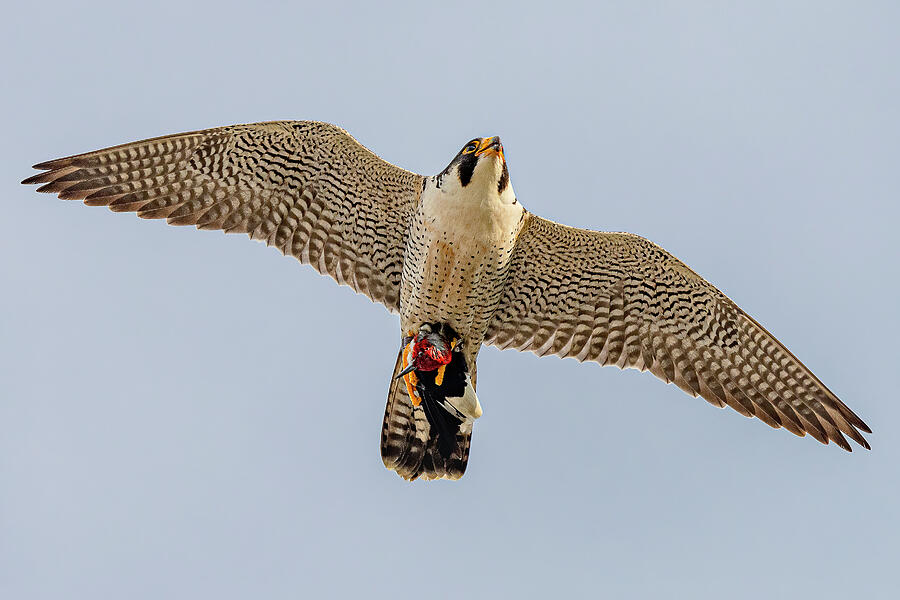
Gill F, D Donsker & P Rasmussen (Eds).tundrius migrate long distances south to avoid the arctic winters experienced in their breeding ranges.īarbary Falcon ( F. Most of the subspecies are resident, but F. It is increasingly using urban high-rise buildings and churches for nest/breeding sites, to prey largely on Feral Pigeons. The females incubate the eggs for 29-32 days. Exceptionally, Peregrine Falcons have been known to eat their own chicks when starving.Ī scrape on a cliff ledge is made and 3-4 eggs are laid.

Insects and reptiles make up a relatively small proportion of their diet. Occasionally hunts small mammals, including bats, rats, voles and rabbits. The diet includes a wide range of birds, such as doves, waterfowl and songbirds, including birds as large as Great Black-backed Gull and Brant Goose, up to 2 kg weight. Only rarely takes prey on the ground or on water. Also pursues prey such as Feral Pigeon/ Rock Dove in flight using speed from a dive and rapid jinking manoeuvering. Uses the long, 'elasticated' hind toe to hit the bird without injuring itself the impact of this often kills the prey outright. Typically employs a high speed steep dive (stoop), where reported speeds exceed 200 km/h. Takes prey mainly in the air, using height advantage to gain speed. Also increasingly using urban areas to nest/breed on buildings. Ĭliff faces for breeding, hunts over cultivated land and grassland, marshes and wetlands, beaches and the sea. macropus by some authorities, and very similar to it. Fairly small extensive hood with very broad moustachial stripe joining rear crown dark grey mantle, underparts barred black on buff. Australia (except for southwestern part).Fairly small very dark, nearly black above extensive hood with very broad moustachial stripe joining rear crown, heavily barred blackish below. Thai-Malay Peninsula, Philippines, Greater Sundas, New Guinea, and Bismarck Archipelago birds on the Solomon Islands are probably also this subspecies.Fairly small very dark, nearly black above, rich orange-brown below. Pakistan, India and Sri Lanka to southeast China.Southernmost Morocco to Mauritania and Africa south of the Sahara.Small very pale, with weak moustachial stripe, forecrown grey, rear crown orangey-brown, whitish breast, and pale grey mantle. calidus) pale, with narrower moustachial stripe, forecrown black, rear crown rusty red-brown, whitish breast weakly barred with brown bars, mantle mid to pale grey. Small (male 330-400 g, female 500-850 g, only about half the weight of F. Canary Islands and north Africa ( Morocco) to west Iran.Smaller than nominate (male 445 g, female 800-920 g) plumage similar but with slightly darker breast. Mediterranean basin east to the Caucasus Mountains.Fairly large (male 580-750 g, female 920-1300 g) slate grey above, grey barred below with variable buff wash on breast. Northern Eurasia (south of the tundra).On the Volcano Islands and Bonin Islands east of Japan.



 0 kommentar(er)
0 kommentar(er)
